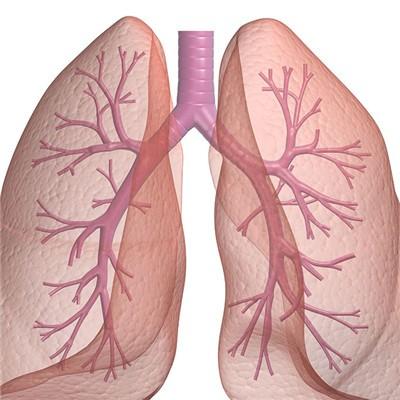Early symptoms of 30-year-old Parkinson's disease
summary
However, in recent years, the object of Parkinson's disease gradually "younger", some middle-aged people, even young people are suffering from Parkinson's disease. Early symptoms of 30-year-old Parkinson's disease? Now let's take a look at the early symptoms of Parkinson's disease, which is conducive to the prevention and treatment of Parkinson's disease.
Early symptoms of 30-year-old Parkinson's disease
First: early detection of mild limb tremor: let the patient's side of the limb movement, such as one hand clench and loose fist, can cause the other side of the limb tremor.
Second: early detection of mild muscle stiffness: let the patient move the other limb, which can make the muscle stiffness of the detected limb more obvious; let the patient lie on his back, when the pillow under his head is removed quickly, the head often does not fall quickly, but slowly; Let the patients put their elbows on the table, make their forearms perpendicular to the table, and let their two arms and wrist muscles relax as much as possible. In normal people, the wrist joint and forearm flexion is about 90 degrees, while in Parkinson's patients, the wrist joint remains more or less straight, which is very similar to the road signs erected on the railway, which is called "road sign phenomenon".
Third: early slow motion and walking disorder: when walking, the patient's lower limbs drag, the pace gradually becomes smaller than before, and it is difficult to start. When walking, the swing of upper limbs decreases or completely disappears; when turning, the patient usually takes continuous small steps to turn the trunk and head together.
matters needing attention
Generally speaking, Parkinson's patients with limb tremor as early symptoms, because of its characteristics, easy to cause the attention of patients and their families, often go to see a doctor and be diagnosed early; When the early symptoms are muscle stiffness or dyskinesia, because the patient's spirit, intelligence and speech are normal, and the patient's age is older, the patient and his family often think it is a natural manifestation of aging and do not go to see a doctor, so the diagnosis is delayed.














